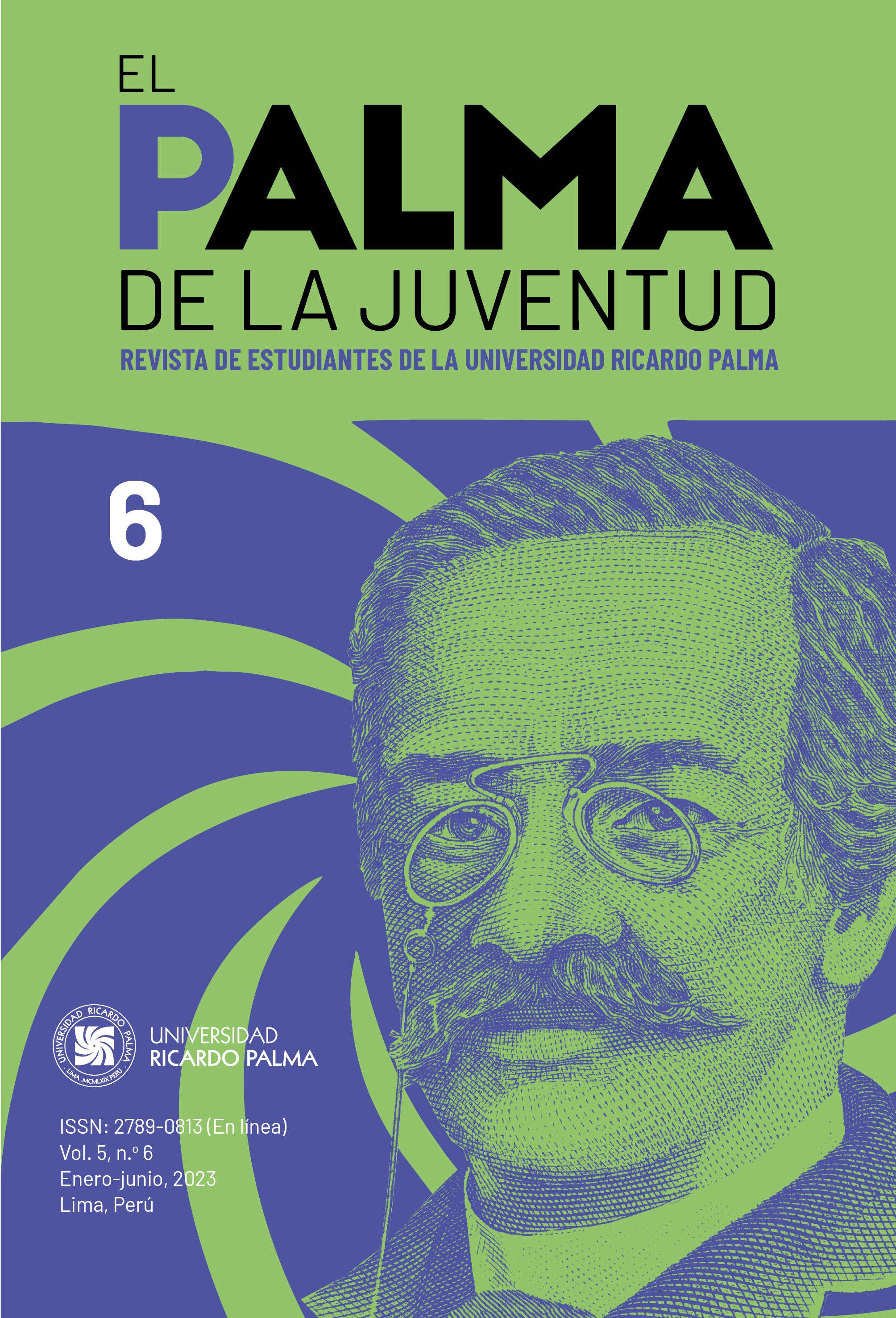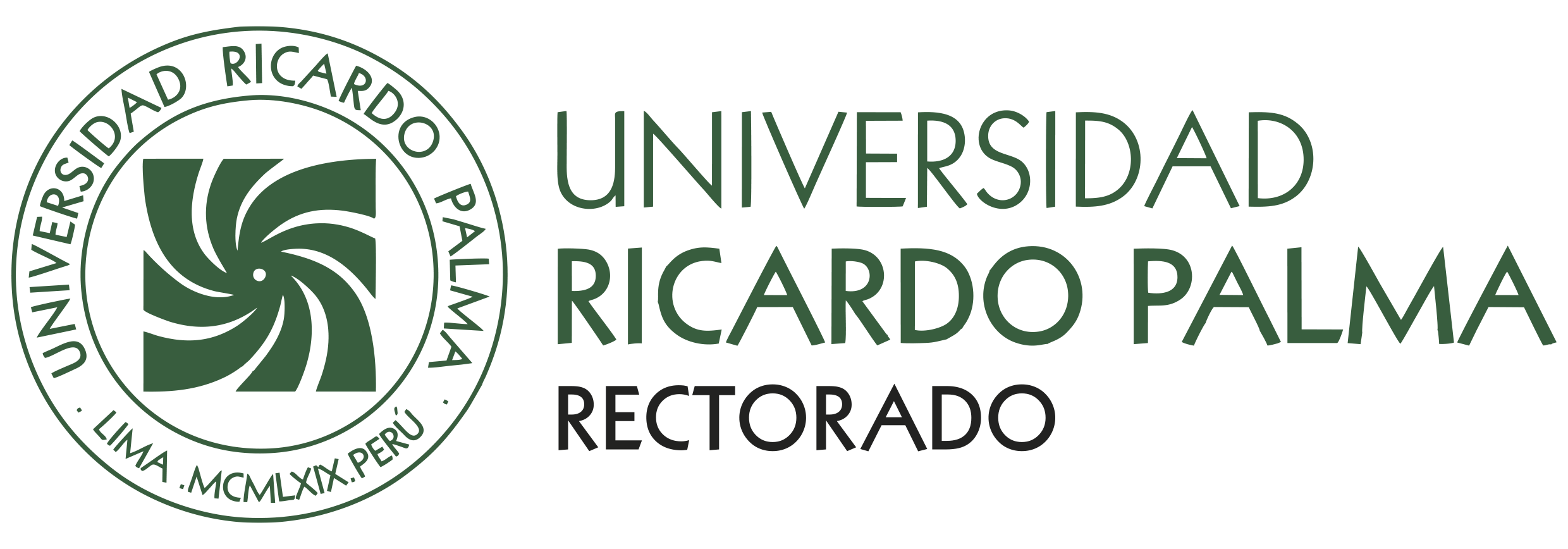The absence of urban planning in Lima from Ricardo Palma’s tradition «Un cerro que tiene historia» («A hill that has history»): a social and architectural reading
Keywords:
Tradiciones peruanas (Peruvian traditions), Lima, urban analysis, topography, soilsAbstract
The main objective of this article is to address the absence of urban planning and of a complete study of the topographic context in the construction industry in Lima, which leads to various problems that directly affect the buildings and their inhabitants. There is a record of this problem since the Viceroyalty period with the overflowing of rivers and it extends to contemporary times with an increase in the number of victims due to accelerated demographic growth and a deficient or non-existent soil study. The background on which this research will be based goes back to the times of the recently founded Ciudad de los Reyes, an urban center characterized by its sandy topography on which several constructions were carried out without taking into account this characteristic and, mainly, without carrying out a correct urban planning, which has resulted in unstable foundations, prone to collapse or be terribly affected by any disaster.
References
Burga, J. (2010). Arquitectura vernácula peruana: un análisis tipológico. Colegio de Arquitectos del Perú.
Calderón, J. (2015). Programas de vivienda social nueva y mercados de suelo urbano en el Perú. EURE. Revista Latinoamericana de Estudios Urbanos Regionales, 41(122), 27-47. https://doi.org/10.4067/s0250-71612015000100002
Cárdenas, N. (2019, 15 de noviembre). ¿Cuál es la importancia de realizar un «estudio de suelo» para construir? Universidad Tecnológica Particular de Loja. https://noticias.utpl.edu.ec/cual-es-la-importancia-de-realizar-un-estudio-de-suelo-para-construir
Escárzaga, F., Abanto, J. y Chamorro, A. (2002). Migración, guerra interna e identidad andina en Perú. Política y Cultura, (18), 277-298. https://polcul.xoc.uam.mx/index.php/polcul/article/view/895
Ludeña, W. (2006). Barrio y ciudad. Historiografía urbanística y la cuestión del dominio de referencia: el caso de Lima. Revista Bitácora Urbano Territorial, 10(1), 82-105. https://www.redalyc.org/pdf/748/74831071007.pdf
Orrego, J. L. (2010, 12 de noviembre). Arquitectura y arquitectos en Lima: Fernando Belaunde Terry. Blog de la Pontificia Universidad Católica del Perú. http://blog.pucp.edu.pe/blog/juanluisorrego/2010/11/12/arquitectura-y-arquitectos-en-lima-fernando-belaunde-terry/
Palma, R. (2000). Un cerro que tiene historia. En Tradiciones peruanas. Quinta serie (pp. 9-12). Biblioteca Virtual Miguel de Cervantes. https://www.cervantesvirtual.com/obra-visor/tradiciones-peruanas-quinta-serie--0/html/ff16cde8-82b1-11df-acc7-002185ce6064_2.html#I_3_
Salaverry, O. E. (2016). Las «Observaciones sobre el clima de Lima» (1806) de Hipólito Unanue como topografía ilustrada [Tesis de doctorado, Universidad de Salamanca]. https://gredos.usal.es/bitstream/handle/10366/128800/DCBD_SalaverryGarc%c3%adaO_ObservacionesclimaLima.pdf
Salazar, C. (2009). Los paradigmas indiciarios del análisis urbano. DEARQ. Revista de Arquitectura, (5), 42-53. https://www.redalyc.org/pdf/3416/341630314004.pdf
Ticona, R. (2021). La ciudad: crecimiento(s) urbano(s) desconfigurados en los contextos de desigualdad y segregación en Lima Metropolitana. Yuyaykusun, (11), 141-155. https://doi.org/10.31381/yuyaykusun.v1i11.4561
Torres, D. (2021, 18 de febrero). ¿Por qué no funciona la planificación urbana en el Perú? Noticias Ser.Pe. https://www.noticiasser.pe/por-que-no-funciona-la-planificacion-urbana-en-el-peru
Downloads
Published
How to Cite
Issue
Section
License
Copyright (c) 2023 Álvaro Adrián Pérez Sosa

This work is licensed under a Creative Commons Attribution 4.0 International License.
La revista utiliza una licencia Creative Commons para mostrar a los lectores y usuarios cómo se pueden utilizar los contenidos publicados.
Los contenidos publicados en esta revista están bajo una licencia CC-BY 4.0. Esta licencia permite:
- Compartir, copiar y redistribuir el material en cualquier medio o formato.
- Adaptar, remezclar, transformar y construir a partir del material para cualquier propósito, incluso comercialmente.
Bajo los siguientes términos:
- Atribución. Usted debe dar crédito de manera adecuada, brindar un enlace a la licencia, e indicar si se han realizado cambios. Puede hacerlo en cualquier forma razonable, pero no de forma tal que sugiera que usted o su uso tienen el apoyo de la licenciante.










